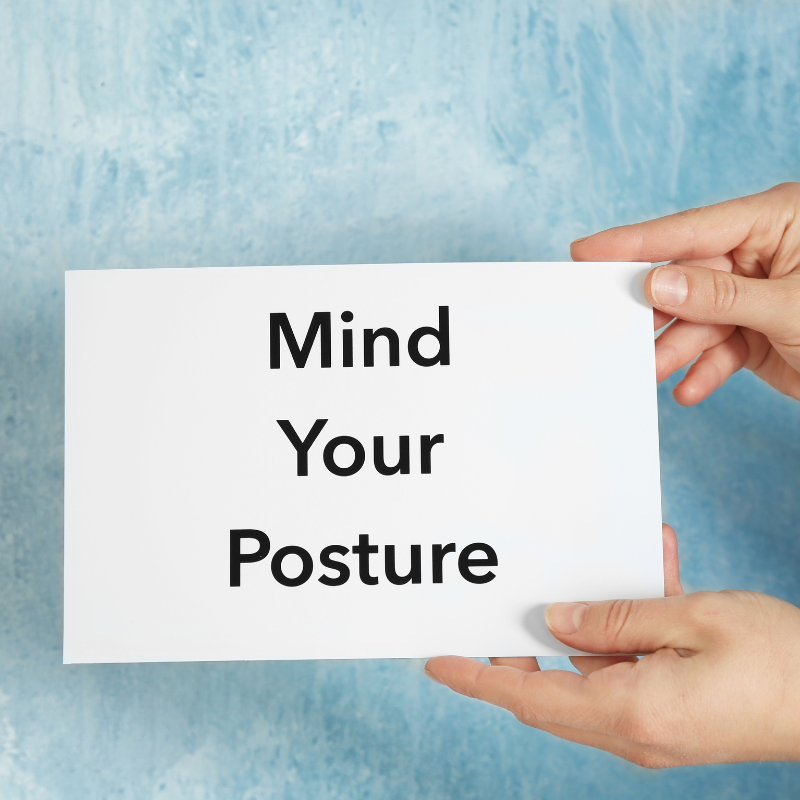
14 Apr Quick reminders whist in lockdown of sleeping, sitting and standing posture
Posted at 13:03h
in Advice on back pain, Brookmans Park Osteopaths, How to sleep correctly, musculoskeletal, posture advice, sitting correctly
0 Comments
|
|
|
|
|
|
|
|
|
||
|
||
|
|










